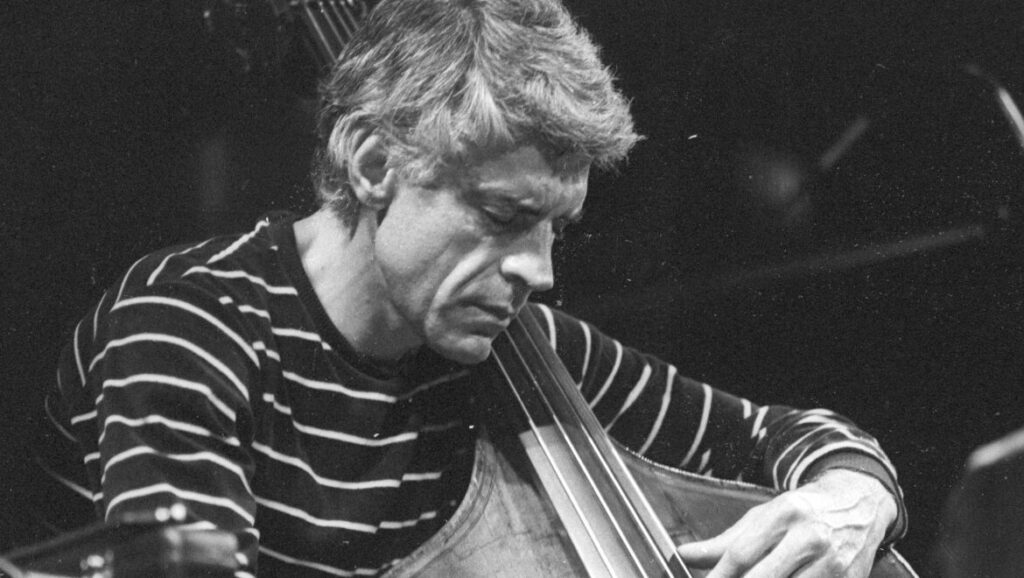For the past 30 years, Tone Poems has been an album treasured by vintage instrument enthusiasts and acoustic music fans alike. On each track, David Grisman and Tony Rice showcase a different vintage mandolin and guitar, swapping melody and rhythm roles to reveal each instrument’s unique tonal qualities. This fully instrumental album used straightforward song selections and simple recording procedures to focus on the acoustic properties of the instruments and the skill of the players wielding them.
It was an usual album for Rice, as he seldom played guitars other than his 1935 Martin D-28 or his Santa Cruz Guitar Company signature model. “Tone Poems was really work,” he said in the biography Still Inside: The Tony Rice Story. “I can’t just switch instruments.” However, anyone listening to his expert playing on the record would think that he had a long history with these guitars, as his playing is deliberate, natural, and masterful. It’s one of my favorite albums of his guitar work.
The album was a departure for Rice in another way, too. By the early 1990s he was recognized as the flashiest and cleanest bluegrass flatpicker of all time, and his albums were intense and spectacular. Tone Poems, on the other hand, featured simple tunes played slowly with ease and finesse. Among many classics on the record is “Banks of the Ohio,” which Rice plays on a 1937 Martin 0-18 that rings out crisp and clear. Rice’s first solo perfectly fits the sonic qualities of this guitar, and it also is an exceptional example of how chord shapes and cross-picking can flesh out a tasteful melody-based lead.
The song passes through G, D (or D7), and C chords, which sound as A, E, and D due to a capo at the second fret. During his solo Rice employs three distinct shapes to match each of the chords. The first appears in bars 1–2, a G-major triad on the top three strings fingered in a way that allows the melody to be played along the third string with the first and fourth fingers, while a cross-picking passage rings out on the second and first strings. As the song moves to D in bar 3 (not counting the pickup measure), it switches to a D triad where the melody is again mostly played along the third string with the first and fourth fingers. These two shapes appear each time the song returns to G and D, while the third shape is the more common open C chord in bars 11–12.
There are two important elements to playing this solo well. The first is being able to properly hold the chord shapes noted above, so carefully follow the fingerings shown in the notation. These shapes may feel unusual at first, especially if you are not used to using your fourth finger, but doing so will help capture the essence of Rice’s unique voicings. The other is being able to highlight which notes are melody. Most of the melody takes place along the third string, but in some instances it does go above and below that string. Listen to many recordings of “Banks of the Ohio,” along with the Tone Poems rendition, to help build intuition for the song’s melody.


